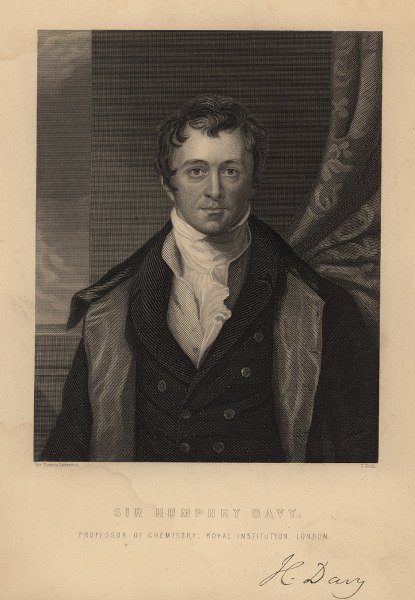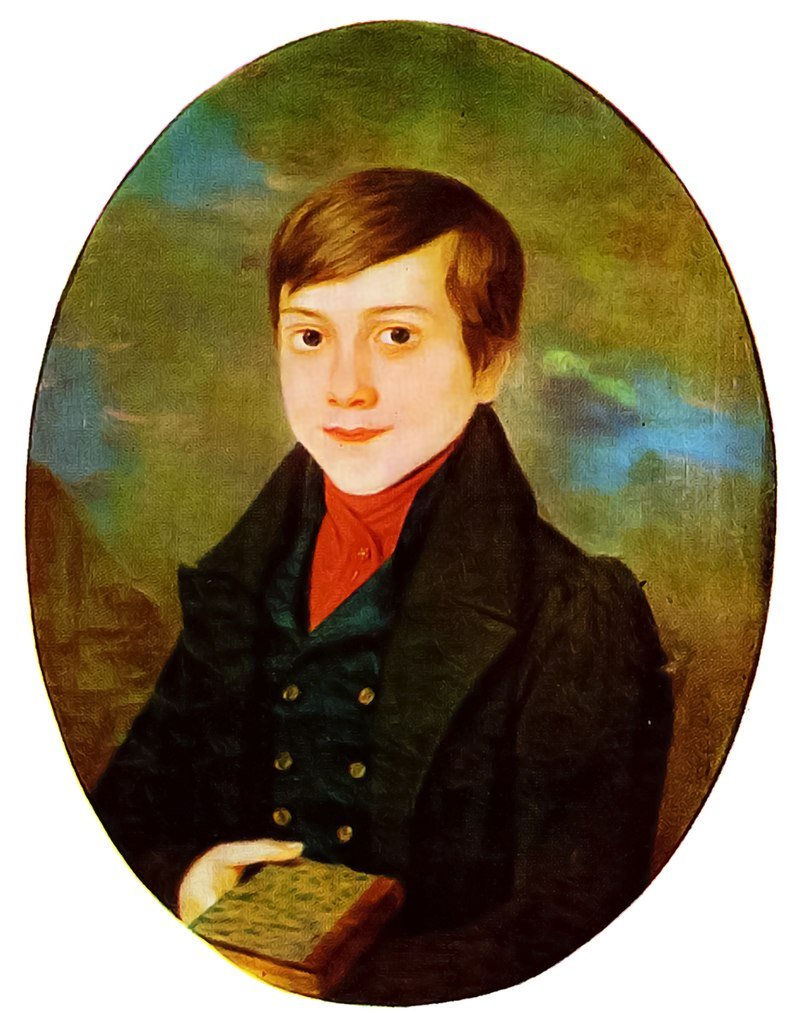
Sir Humphry Davy Used Poetry and Theatre to Bring Science to Life | The Conversation
“Poetry was for him a way to express emotions, thoughts and feelings which had no place in his scientific writings. That said, the books he published could describe chemical experiments in a distinctly poetic language. Coleridge said that he went to Davy’s lectures to increase the number of metaphors that he could use in his poems. “

Early Life | Ignaz Semmelweis (1818 -1865) | Book Excerpt
“Defective conventional school education had left his vision clear to see only what was to be seen, and his intellectual faculties free — so that he could think for himself and form independent judgments and logical inductions from the facts of experience.”

The Networks of Women Behind the Polio Vaccine | Lady Science
“Ward and colleagues used notoriously dangerous (and now defunct) oral pipettes. The technique involved sucking on a glass straw to take up liquids before removing the pipette from the mouth to release the liquid into another container. Ward was only ever one strong suck away from getting a mouth full of deadly polio. “

Elizabeth Fulhame, a Forgotten Chemistry Pioneer | Physics Today
“It wasn’t unusual for women in the 18th and 19th centuries to receive a basic science education, take an interest in the latest scientific advances, and dabble in practical experimentation. But the idea that women could develop new theories and advance the field of science was well beyond societal expectation.”
The Wild Ones | the Atavist Magazine
“They were risking their lives—everyone in the group was clear about that. They just weren’t in agreement on why. Was it for publicity or for plants? News wires picked up the Michigan Daily story, and each retelling was more sensationalized than the last. The “relic flora” and “important cacti” mentioned in the original article became “botanical freaks” in an Associated Press story. Eventually, nothing much was said about science at all. One reporter noted, “The women, besides their scientific work, will do the cooking.” Articles described “Miss” Clover as a 40-year-old college professor, plump and bespectacled, while Jotter was thin, freckle-faced, and nearly six feet tall. Indignant, Jotter corrected that description whenever she could: She was five feet seven and a half inches.”